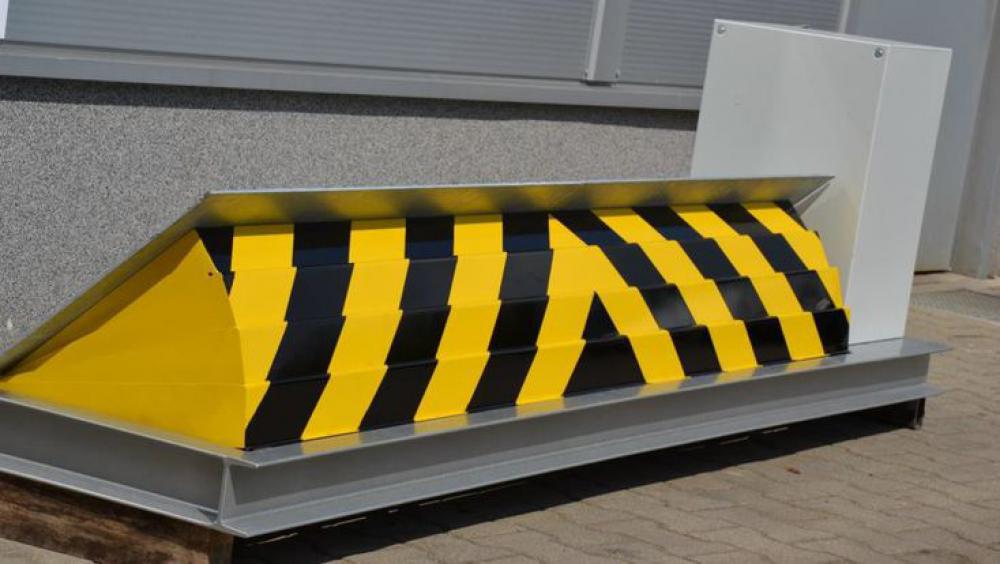How Does A Crash Barrier Work?

Crash barriers, also called guardrails or crash barriers, are designed to boost road security by preventing automobiles from leaving the roadway, crossing into oncoming site visitors, or colliding with hazardous obstacles such as trees or poles. These obstacles are usually installed along roads and highways and are strategically positioned to absorb the impression vitality of a vehicle collision. Here's how crash obstacles work:
1. Energy Absorption:
Deformation: Crash obstacles are sometimes designed to deform or crumple upon impact. When a automobile collides with the barrier, the barrier absorbs the kinetic vitality by deforming and slowing down the vehicle steadily.
Material Selection: Crash obstacles are created from materials that can take up impact energy successfully. Steel and concrete are commonly used because of their strength and ability to deform in a controlled manner.
2. Redirecting the Vehicle:
Slope and Shape: Crash limitations are normally installed at a slight angle or curve. When a vehicle impacts the barrier, this slope and shape help redirect the automobile again onto the highway, preventing it from overturning or veering off right into a more dangerous area.

End Treatments: The ends of crash barriers are outfitted with specialized terminals or end therapies designed to absorb impression power and redirect the automobile away from the barrier or different obstacles. These finish treatments can include crash cushions, guardrail end terminals, or energy-absorbing materials.
3. Anchorages and Stability:
Sturdy Installation: Crash obstacles are securely anchored to the ground or other structures to ensure stability. Proper set up and anchorage stop the barrier from collapsing upon influence, sustaining its effectiveness in stopping car intrusion.
four. High Visibility and Signage:
Reflective Markings: Crash obstacles are often outfitted with reflective materials or markings to enhance visibility, particularly throughout low-light situations. High visibility ensures that drivers can see the barrier from a distance, permitting them to react and avoid collisions if possible.
Warning Signs: Warning signs indicating the presence of crash obstacles are placed along the roadway to alert drivers upfront, giving them time to regulate their pace and driving conduct.
5. Maintenance and Repairs:
Regular Inspections: Crash limitations require common inspections to verify for indicators of wear and tear, injury, or corrosion. Inspections make sure that the barrier stays structurally sound and able to performing its intended perform.
Timely Repairs: Damaged or worn-out sections of crash obstacles must be repaired or replaced promptly to take care of their effectiveness. Proper repairs be certain that the barrier can proceed to absorb power during an impression.
In summary, crash limitations work by absorbing and dissipating the power of a car influence, redirecting the vehicle away from harmful areas, and preventing it from leaving the roadway. https://perimetersecuritypartners.com/our-products/wedges/ , installation, and maintenance are important to making sure crash obstacles function successfully and contribute to road safety..
